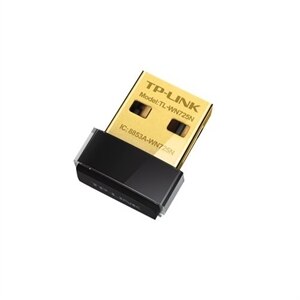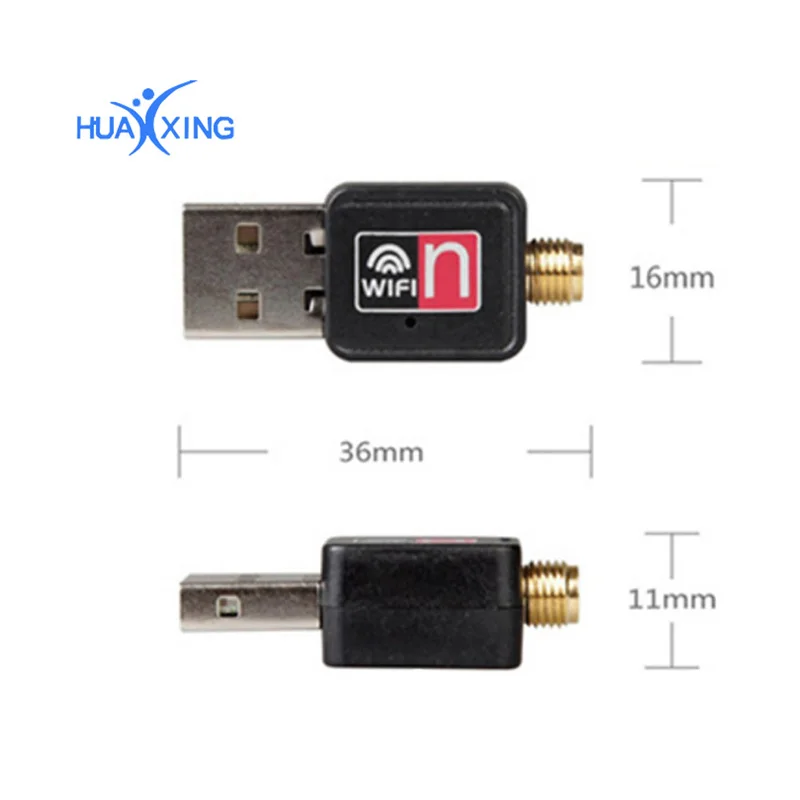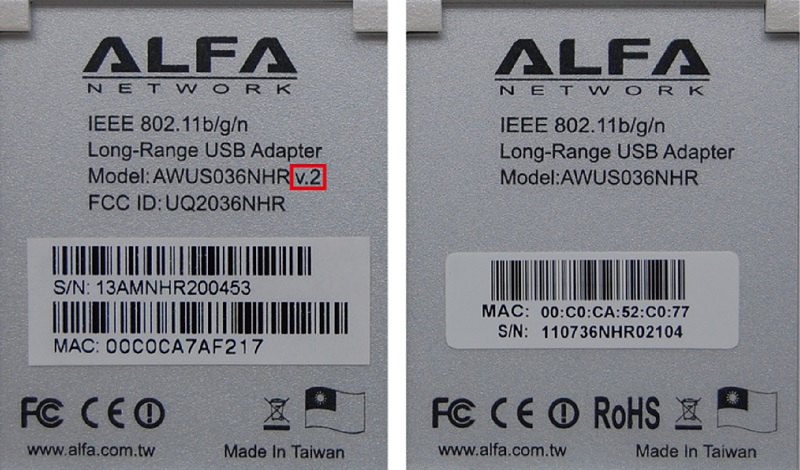


The higher frequency also means 802.11a signals have more difficulty penetrating walls and other obstructions.īecause 802.11a and 802.11b utilize different frequencies, the two technologies are incompatible with each other.

An 802.11a access point transmitter may cover less than one-fourth the area of a comparable 802.11b/g unit. This higher frequency compared to 802.11b shortens the range of 802.11a networks. Due to its higher cost, 802.11a is usually found on business networks whereas 802.11b better serves the home market.Ĩ02.11a supports bandwidth up to 54 Mbps and signals in a regulated frequency spectrum around 5 GHz. In fact, 802.11a was created at the same time. Because 802.11b gained in popularity much faster than did 802.11a, some folks believe that 802.11a was created after 802.11b. While 802.11b was in development, IEEE created a second extension to the original 802.11 standard called 802.11a. Cons of 802.11b - slowest maximum speed home appliances may interfere on the unregulated frequency band.Pros of 802.11b - lowest cost signal range is good and not easily obstructed.However, by installing 802.11b devices an adequate distance from other appliances, interference can easily be avoided. Being unregulated, 802.11b devices can have interference from microwave ovens, cordless phones, and other appliances using the same 2.4 GHz range. Vendors often prefer using these frequencies to lower their production costs. 802.11b supports bandwidth up to 11 Mbps, comparable to traditional Ethernet.Ĩ02.11b uses the same unregulated radio signaling frequency ( 2.4 GHz) as the original 802.11 standard. IEEE expanded on the original 802.11 standard in July 1999, creating the 802.11b specification. Unfortunately, 802.11 only supported a maximum network bandwidth 2 Mbps, too slow for most applications. They called it 802.11 after the name of the group formed to oversee its development. In 1997, the Institute of Electrical and Electronics Engineers (IEEE) created the first WLAN standard. In this article, we look at the evolution of wireless standards, as well as the pros and cons of each. Many of our customers come to us for guidance on which WiFi standard would be best for their specific product development needs.


 0 kommentar(er)
0 kommentar(er)
